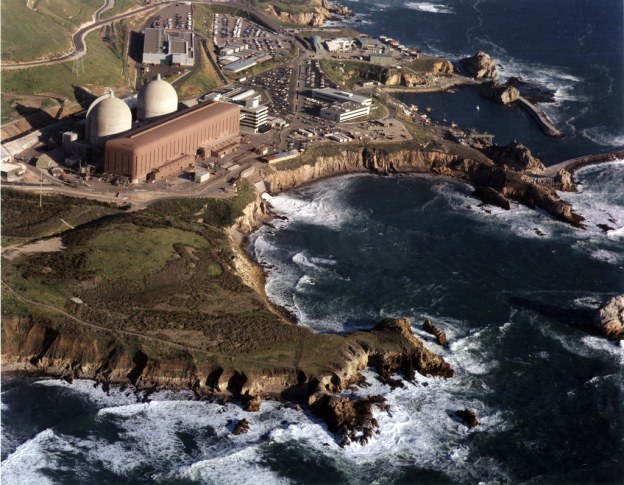Northern California community choice aggregators (CCAs) are considering whether to accept an offer from PG&E to allocate a proportionate share of its “large carbon-free” generation as a credit against the power charge indifference adjustment (PCIA) exit fee. The allocation would include a share of Diablo Canyon power. The allocation for 2019 and 2020; an extension of this allocation is being discussed on the PCIA rulemaking.
The proposal faces opposition from anti-nuclear and local community activists who point to the policy adopted by many CCAs not to accept any nuclear power in their portfolios. However, this opposition is misguided for several reasons, some of which are discussed in this East Bay Community Energy staff report.
- The CCAs already receive and pay for nuclear generation as part of the mix of “unspecified” power that the CCAs buy through the California Independent System Operator (CAISO). The entire cost of Diablo Canyon is included in the Total Portfolio Cost used to calculate the PCIA. The CCAs receive a “market value” credit against this generation, but the excess cost of recovering the investment in Diablo Canyon (for which PG&E is receiving double payment based on calculations I made in 1996) is recovered through the PCIA. The CCAs can either continue to pay for Diablo through the PCIA without receiving any direct benefits, or they can at least gain some benefits and potentially lower their overall costs. (CCAs need to be looking at their TOTAL generation costs, not just their individual portfolio, when resource planning.)
- Diablo Canyon is already scheduled to close Unit 1 in 2024 and Unit 2 in 2025 after a contentious proceeding. This allocation is unlikely to change this decision as PG&E has said that the relicensed plant would cost in excess of $100 per megawatt-hour, well in excess of its going market value. I have written extensively here about how costly nuclear power has been and has yet to show that it can reduce those costs. Unless the situation changes significantly, Diablo Canyon will close then.
- Given that Diablo is already scheduled for closure, the California Public Utilities Commission (CPUC) is unlikely to revisit this decision. But even so, a decision to either reopen A.16-08-006 or to open a new rulemaking or application would probably take close to a year, so the proceeding probably would not open until almost 2021. The actual proceeding would take up to a year, so now we are to 2022 before an actual decision. PG&E would have to take up to a year to plan the closure at that point, which then takes us to 2023. So at best the plant closes a year earlier than currently scheduled. In addition, PG&E still receives the full payments for its investments and there is likely no capital additions avoided by the early closure, so the cost savings would be minimal.


Here’s an unfortunate article about EBCE’s choice in the East Bay Express. The author gets just about everything wrong, as does most of the sources that he quotes. https://www.eastbayexpress.com/oakland/carbon-free-power-at-no-charge-what-could-possibly-go-wrong-carbon-free-power-at-no-charge-what-could-possibly-go-wrong/Content?oid=28622974
LikeLike